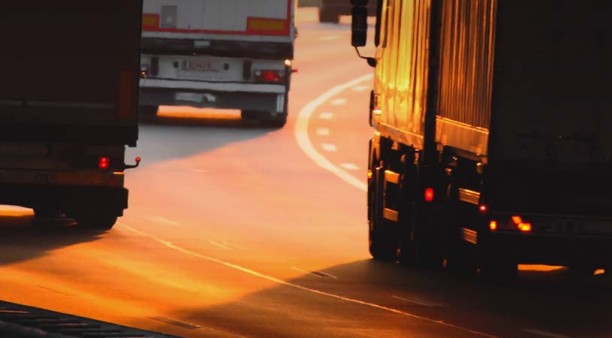infra3D for the city of Berlin
The efficient way to capture the road inventory
The constructed infra3D served as an intelligent database for the efficient mapping of an extensive and comprehensive road cadastre as well as a visual and metrological road condition assessment. In addition, the infra3D software solution provided allows employees of the city of Berlin to view the urban road network from any workstation on a daily basis. This makes it possible to simplify a wide range of infrastructure-related work processes and make them more efficient.
The challenge
The Senate Department of Urban Development of the city of Berlin wants to build a comprehensive city-wide road registry and use it for road infrastructure-related processes in the future. The required road registry includes a highly detailed inventory data object catalog and a metrological and visual road condition assessment. Furthermore, a routable pedestrian network is to be derived from the collected data, with the help of which visually impaired people will be able to move freely around the city in the future. All the collected data will then be incorporated into the existing traffic management system and also documented in image form.
The solution
After the decision to use the infra3D solution was made, the road network of 2,400 kilometers in length was recorded by iNovitas measuring vehicles in the fall of 2014 and spring of 2015 (from 2020 as a software solution with integrated third-party data). The huge amount of raw image data was then transformed into intelligent, high-resolution georeferenced 3D images, which can be used efficiently via infra3D.
Due to strong GNSS signal shadowing in the street canyons of Berlin, a procedure was developed that enables the subsequent fitting of the image data to control points provided from aerial image data. Thus, the 3D images could be georeferenced over the entire area with an accuracy of better than 10cm. Finally, all vehicle license plates and persons were automatically detected and pixelated in the images. Based on the infra3D solution, the following evaluations were carried out:
- Compilation of a comprehensive inventory data set according to a defined object catalogue with 80 object types. Thanks to the infra3D-MicroStation plug-in, the extensive mapping work could be carried out efficiently.
- Determining the technical and visual road conditions according to ZEB and E EMI 2009 from additionally recorded profile scans and the high-resolution 3D images.
- Creating a routing network for the visually impaired
The conclusion: massive advantages in everyday life
In addition, the infra3D solution built for the city of Berlin offers much more than just an efficiently derived street register. In the future, all city employees, as well as external planners and engineers, will have virtual street space directly at their workplace every day and will always be well informed.





